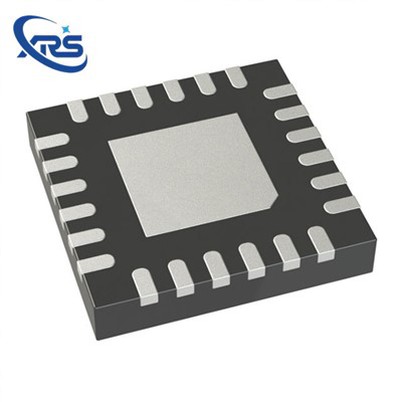How to reduce the bounce of Relay DPST?
Leave a message
Hey there! As a supplier of Relay DPST, I've seen firsthand how frustrating relay bounce can be. It's a common issue that can cause all sorts of problems, from intermittent connections to premature wear and tear on your equipment. But don't worry, I'm here to share some tips on how to reduce the bounce of Relay DPST.
First off, let's talk about what relay bounce is. When a relay is activated, the contacts don't just close or open smoothly. Instead, they bounce a few times before settling into their final position. This bouncing can cause electrical arcing, which can damage the contacts and lead to unreliable operation.
One of the simplest ways to reduce relay bounce is to use a snubber circuit. A snubber circuit is a combination of a resistor and a capacitor that's connected across the relay contacts. The capacitor absorbs the energy from the bouncing contacts, while the resistor dissipates it. This helps to reduce the arcing and minimize the damage to the contacts.
Another way to reduce relay bounce is to use a debounce circuit. A debounce circuit is a logic circuit that filters out the bouncing signals and ensures that the relay only responds to a single, stable input. There are several types of debounce circuits available, including RC debounce circuits, Schmitt trigger debounce circuits, and digital debounce circuits.
In addition to using snubber and debounce circuits, you can also reduce relay bounce by choosing the right relay for your application. When selecting a relay, make sure to consider the load current, voltage, and frequency. You should also choose a relay with a high contact rating and a low contact resistance. This will help to reduce the arcing and minimize the damage to the contacts.
Another important factor to consider is the mechanical design of the relay. A relay with a well-designed mechanical structure will have less bounce than a relay with a poorly designed structure. Look for a relay with a high-quality spring and a stable contact mechanism. This will help to ensure that the contacts close and open smoothly and without bouncing.
Finally, it's important to maintain your relays properly. Regularly cleaning the contacts and checking for signs of wear and tear can help to extend the life of your relays and reduce the likelihood of bounce. You should also make sure to follow the manufacturer's recommendations for installation and operation.
In conclusion, reducing the bounce of Relay DPST is an important step in ensuring the reliable operation of your equipment. By using snubber and debounce circuits, choosing the right relay for your application, considering the mechanical design of the relay, and maintaining your relays properly, you can minimize the arcing and damage to the contacts and ensure that your relays operate smoothly and reliably.


If you're interested in learning more about Relay DPST or would like to discuss your specific application, please don't hesitate to [reach out for a chat about purchasing]. We're here to help you find the right solution for your needs.
References:






